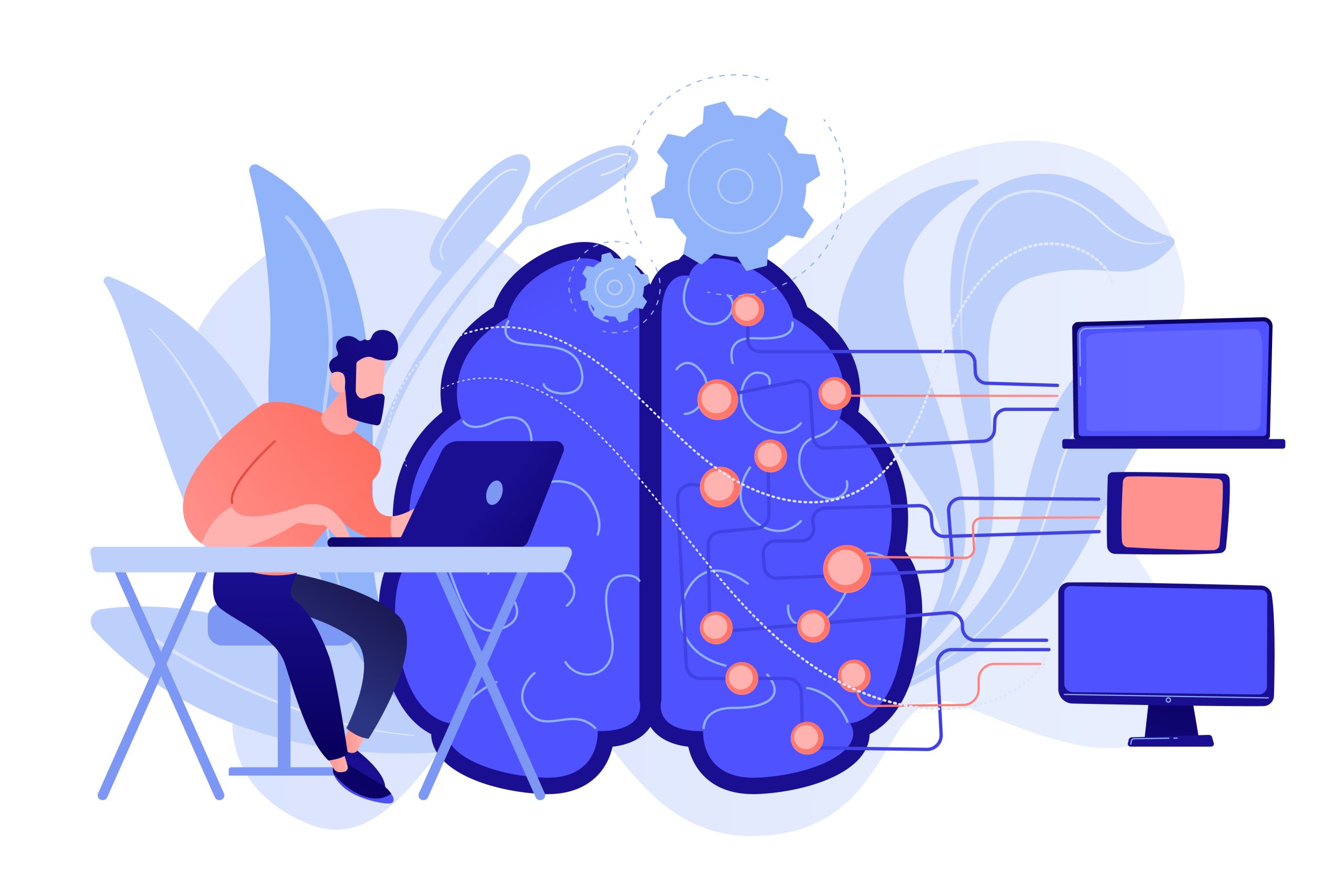Exploring Autoencoders in NLP
Introduction
In the realm of Natural Language Processing (NLP), Autoencoders have become a powerful tool for tasks like data compression, feature extraction, and unsupervised learning. While commonly used in image processing, their application in NLP has opened new doors for text analysis, machine translation, and more. This blog will break down what autoencoders are, how they work, and their role in the world of NLP.
What are Autoencoders?
An Autoencoder is a type of artificial neural network used to learn efficient representations of data, typically for dimensionality reduction or feature learning. It is an unsupervised learning algorithm that compresses input data into a lower-dimensional space (encoding) and then attempts to reconstruct the original input from that compressed representation (decoding).
In simpler terms, an autoencoder learns how to encode data into a smaller, more efficient form and then decode it back to its original form. This process is particularly useful for tasks like data denoising and anomaly detection.
Structure of an Autoencoder
An autoencoder consists of two main components:
1. Encoder: This part compresses the input data into a latent, low-dimensional representation. In NLP, this often involves turning a sentence or document into a dense vector representation.
2. Decoder: The decoder takes the compressed representation and tries to reconstruct the original input as accurately as possible. In NLP, this would mean reconstructing the original text or sequence.
A standard autoencoder architecture follows this basic process:
• Input Layer: Takes in raw text or tokenized data.
• Hidden Layers: Learn compressed representations, often using fewer neurons than the input layer.
• Latent Space: Represents the compressed form of the input (the bottleneck).
• Decoder Layers: Attempt to reconstruct the input from the latent representation.
The key objective of the autoencoder is to minimize the reconstruction error between the input and the output.
Autoencoders in NLP
In NLP, autoencoders can be adapted to work with sequences of words or sentences, leveraging word embeddings like Word2Vec, and GloVe, or contextual embeddings like BERT to handle textual data. They are particularly useful in tasks such as:
1. Dimensionality Reduction: Textual data, especially in large corpora, often has high dimensionality. Autoencoders reduce this complexity by compressing data into a latent representation, making it easier for downstream tasks like classification or clustering.
2. Data Denoising: Autoencoders can clean noisy text data by reconstructing the original, uncorrupted data. This is especially useful in tasks like removing spelling errors or extracting clean signals from messy documents.
3. Feature Extraction: Autoencoders help in learning meaningful representations of text data. The latent space representation learned by the encoder can be used as features for tasks like sentiment analysis or machine translation.
Types of Autoencoders in NLP
1. Vanilla Autoencoder: The simplest form of an autoencoder, where the encoder and decoder are symmetrical, and the primary goal is to reconstruct the original input. These are often used for tasks like dimensionality reduction and feature extraction.
2. Denoising Autoencoder (DAE): This variant adds noise to the input and then attempts to reconstruct the original clean data. This is particularly useful in NLP for handling noisy text data (e.g., misspellings, typos, or incomplete sentences).
3. Variational Autoencoder (VAE): Unlike a traditional autoencoder, which learns a deterministic mapping, VAEs learn a probabilistic distribution over the latent space. VAEs are often used for text generation tasks, as they enable the generation of new sentences by sampling from the learned distribution.
4. Sequence-to-Sequence (Seq2Seq) Autoencoder: This architecture is widely used in NLP tasks where the input and output sequences may vary in length (e.g., machine translation, summarization). The encoder transforms the input sequence into a fixed-length vector, while the decoder generates the output sequence.
Key Applications of Autoencoders in NLP
1. Text Summarization: Autoencoders can be used to compress a document into a low-dimensional representation and generate a summary from that representation using a decoder. This technique is popular in abstractive text summarization.
2. Sentiment Analysis: The latent space learned by an autoencoder can serve as a compressed feature space for sentiment classification tasks, allowing for more efficient sentiment analysis on large corpora.
3. Machine Translation: In sequence-to-sequence models, autoencoders form the backbone of machine translation systems. The encoder compresses a sentence in one language into a latent space, and the decoder generates the corresponding sentence in the target language.
4. Anomaly Detection in Text: Autoencoders can detect anomalies in text data by learning a normal representation of textual data and flagging anything that deviates from this pattern. This is useful in fraud detection or identifying unusual patterns in communication.
5. Embedding Learning: Autoencoders help in learning compact representations of words, phrases, or entire documents, which can then be used as features for downstream tasks such as information retrieval, clustering, or classification.
Challenges and Limitations
While autoencoders have significant potential in NLP, they do come with their own set of challenges:
1. Loss of Information: In the process of compression, autoencoders may lose some information, especially if the latent space is too small or the model isn’t optimized well. This can affect the quality of the reconstructed output.
2. Training Complexity: Training autoencoders, particularly VAEs and Seq2Seq models, can be computationally intensive, especially on large text datasets. They require careful tuning of hyperparameters and network architecture.
3. Difficulty in Long Texts: Autoencoders may struggle with very long sequences, as compressing large amounts of information into a fixed-length vector can lead to bottleneck issues. Techniques like attention mechanisms are often used to address this.
Conclusion
Autoencoders offer a powerful framework for learning compressed representations and extracting meaningful features from text data in NLP. Their ability to perform unsupervised learning and dimensionality reduction makes them an attractive tool for many text-based applications, from summarization to sentiment analysis and anomaly detection.
As autoencoders continue to evolve, particularly with the integration of advanced models like transformers, their role in NLP will only grow stronger. Whether you’re working on text generation, machine translation, or simply looking to reduce the complexity of your data, autoencoders provide a flexible and robust solution to a variety of NLP challenges.
Have you experimented with autoencoders in your NLP projects? The possibilities for this fascinating architecture are vast and exciting!








